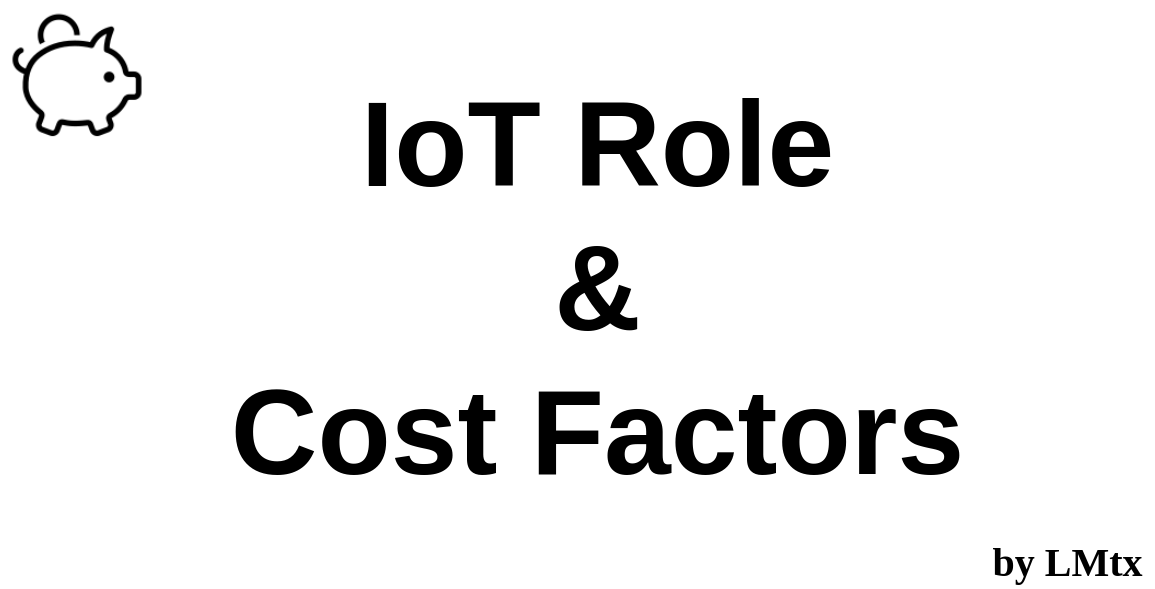
Video
Introduction
Today I would like to talk about the role of an IoT Consultant and the Cost Factors of the IoT solutions.
In my opinion, the IoT Consultant should engage in defining the Business Use Case, not only the Technical Solution for the Business Use Case.
The role of an IoT Consultant is to be the Trusted Advisor for the Business/Product/Service Owner.
Today I will cover the cost factor perspective.
IoT Cost Factors
The running cost of an IoT solution is a very important topic. The same business goal can be achieved in many different ways with different cost characteristics.
The IoT consultant should help determine the cost-effective solution to achieve the Business Goal.
Let’s take a fictional example:
Business goal
Present the personalized recommendations to the end-user based on the readings from the CIoT (Consumer IoT) device.
Business requirements
- CIoT device should send telemetry data every minute to the cloud backend.
- Telemetry data should be processed and stored in the cloud.
- The personalized recommendations should be computed based on the gathered data.
- Cloud should send an updated recommendation to the CIoT device.
- Minimize the running cost.
Simplified solution
Variables
In this (extremely simplified) example, we have only two variables that we can use to manage the running costs:
- the frequency of a communication (CIoT device -> Cloud)
- the size of a message payload (how big is the message)
To keep things simple, let’s assume that we can not change the size of a message payload. In the real-life initiative, there are multiple ways to handle this topic (but we will ignore it for now).
The cooperation between the IoT Consultant and the Business Owner could look as follows:
- The IoT Consultant defined the communication frequency as the biggest cost factor and informed the Business Owner about it.
- The Business Owner knows expectations of the end-users and business aspects of a specific IoT initiative.
- The Business Owner decided that communication frequency can be reduced from every 1 minute to every 5 minutes without major impact on the business goal.
Why that was a huge gain for this IoT initiative?
Simplified math
Let’s do some simplified math:
Cloud infrastructure costs are calculated base on:
- network transfer (communication),
- compute (processing),
- storage.
By reducing the communication frequency five times, we not only reduced the network transfer costs.
The compute and storage factors were also divided by five (fewer messages to process and store).
Additionally, fewer inbound messages equal fewer outbound messages. That is why we can multiply our communication gain times two.
If our CIoT device sends data every 5 minutes, then we can optimize our solution even further:
- device can send telemetry data,
- receive the recommendation,
- disconnect from the cloud for 5 minutes.
This will reduce the communication costs even further and save the battery life (which is the positive impact on the end-use experience).
Summary
Sometimes the Business Requirement can be changed without the negative impact on the provided Business Value.
That modification can minimize the running cost of the IoT solution and/or increase the end-user experience.
That is why I believe that the IoT Consultant should work closely with the Business Owner from the very beginning of the IoT initiative.
I hope that this (extremely simplified) example was interesting for you.



